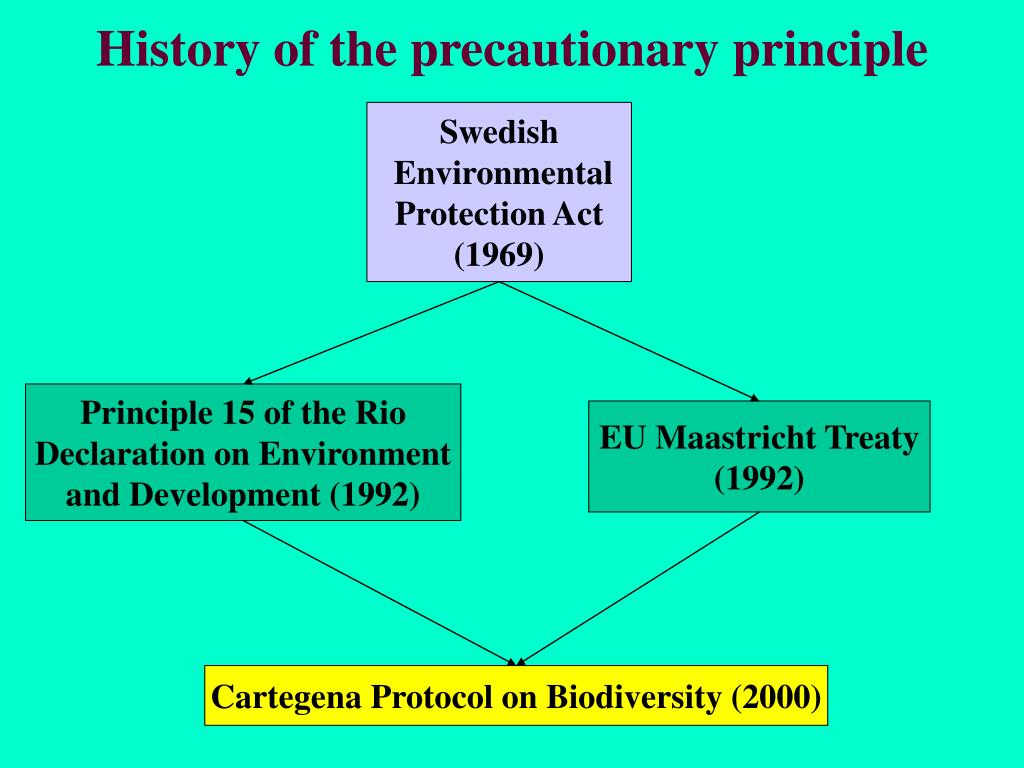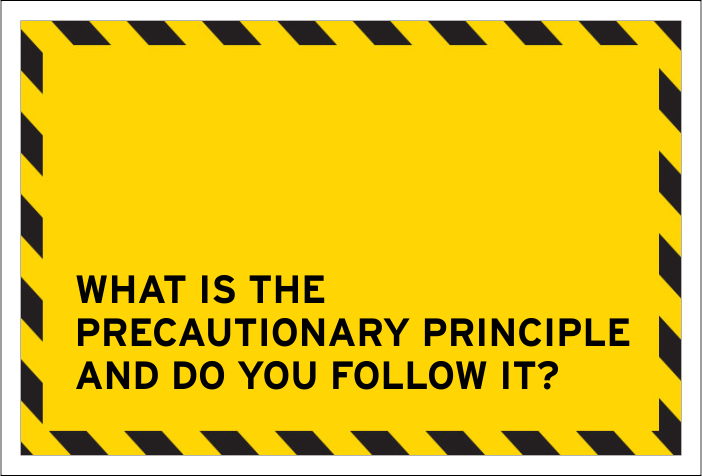

Most appear after the 1972 Stockholm Conference, which was the starting point for the introduction of concepts into international law that previously were only used in national legislation. There are many pieces of legislation and treaties that include the precautionary principle. The disagreement boils down to: does the principle dictate that uncertainty demands action … or does uncertainty justify inaction? On the other hand, its opponents have decried the potential the principle has for over- regulating or limiting human activity, as we see in the criticism about the establishment of moratoriums on genetically modified organisms (GMOs) in some countries. On the one hand, some believe it provides the basis for early international legal action to address highly threatening environmental issues, such as ozone depletion and climate change. Yet the precautionary principle, as described by Sands and Peel (2012), continues to generate disagreement as to its meaning and effect. This approach is used, for example, to establish standards to reduce the known effects of motor vehicle emissions on air quality. Before the precautionary principle was widely recognized in the 1990s, the traditional approach to preventing environmental damage usually required taking into account the available scientific knowledge asserting the risk, thus applying the preventive principle, where the activities that might cause environmental harm are identified, but it is not certain that they will occur. Its core elements are the need for environmental protection the presence of threat or risk of serious damage and the fact that a lack of scientific certainty should not be used to avoid taking action to prevent that damage (Sands and Peel, 2012). In simple terms, the precautionary principle is an attempt to give the notion of precaution-understood as a form of addressing risk-legal status. Some countries avoid using the term “principle,” preferring to call it a “precautionary approach,” since it carries less legal weight. The components of the precautionary principle are still evolving.

#PRECAUTIONARY PRINCIPLE FULL#
Where there are threats of serious or irreversible damage, lack of full scientific certainty shall not be used as a reason for postponing cost-effective measures to prevent environmental degradation.

In order to protect the environment, the precautionary approach shall be widely applied by States according to their capabilities. Despite no uniform understanding of its meaning, the definition contained in Principle 15 of the 1992 Rio Declaration is widely recognized by states and provides practical guidance in the development and application of international law: The principle is contained in many international instruments. Wiener (2007) describes the precautionary principle as one of the most prominent and possibly controversial developments in modern international environmental law. This means a principle, when included in a piece of legislation or a treaty, can direct how rules in that legislation or treaty should be applied. A principle has the benefit of including theoretical explanations and fundamentals of law, which help lawmakers in making decisions. Lawyers can be quite argumentative about the definition and use of a principle in law, but it is safe to say a principle is not a strict rule. Understanding the Precautionary Principle However, there was enough data available on similar viruses to inform the decisions that governments would have to take. It would be fair to say it was difficult in January 2020 to imagine the global effects the virus would have. When news reached authorities about the emergence of this new strain of coronavirus, there was not enough information about its impact. To make this example less theoretical, this precautionary action also applied in early 2020 to decision-makers who were considering the possible effects of COVID-19.

If you decided to leave your home or office, you would be taking precautionary action, which is one of the expressions of the precautionary principle. If you were warned a meteor was going to crash at your home or workplace at a specific time, would you stay there? Would you leave, possibly losing a day’s work? Your decision would most likely depend on how much you trust the source of this information and on the extent of the damage the meteor could cause when it crashes.


 0 kommentar(er)
0 kommentar(er)
